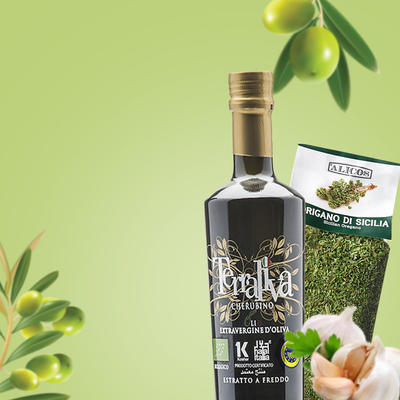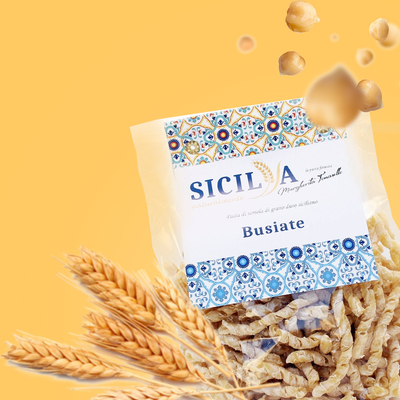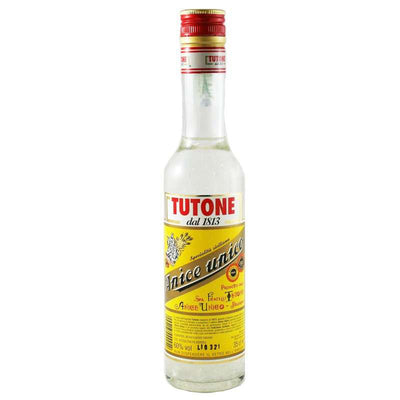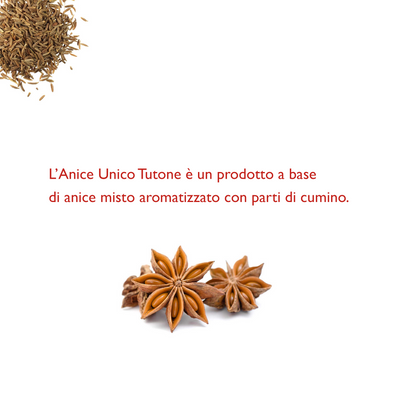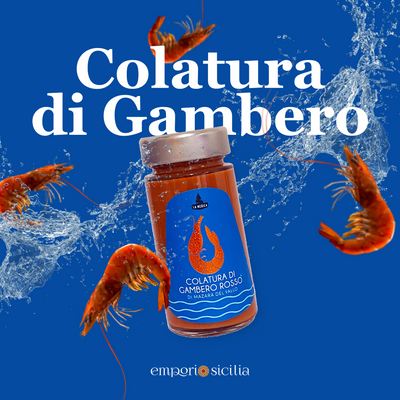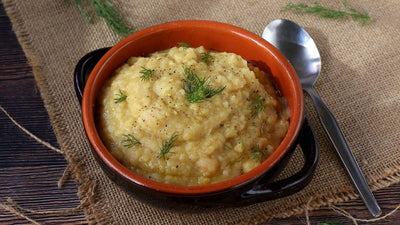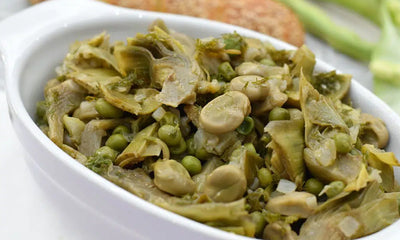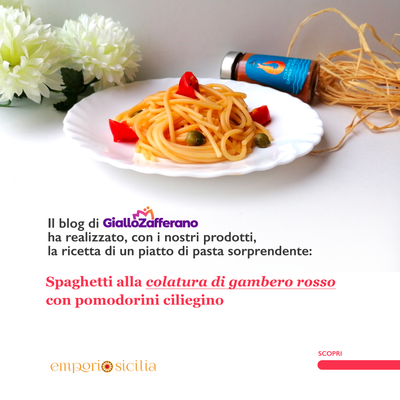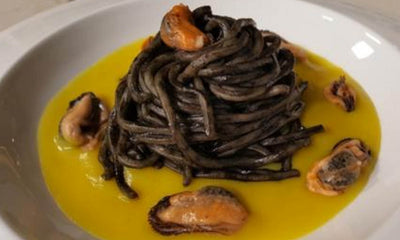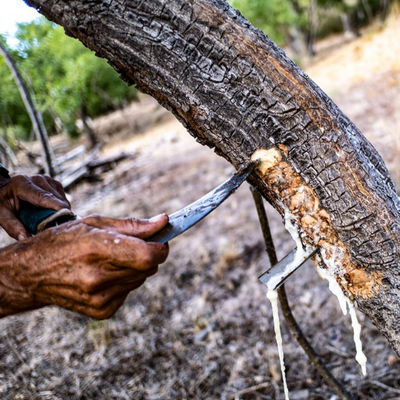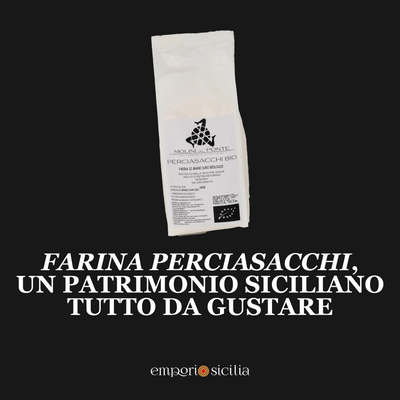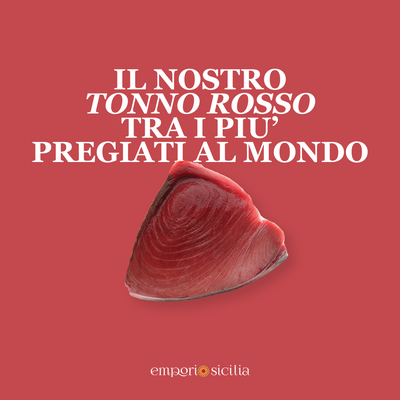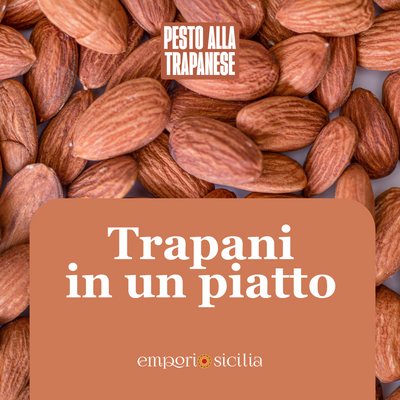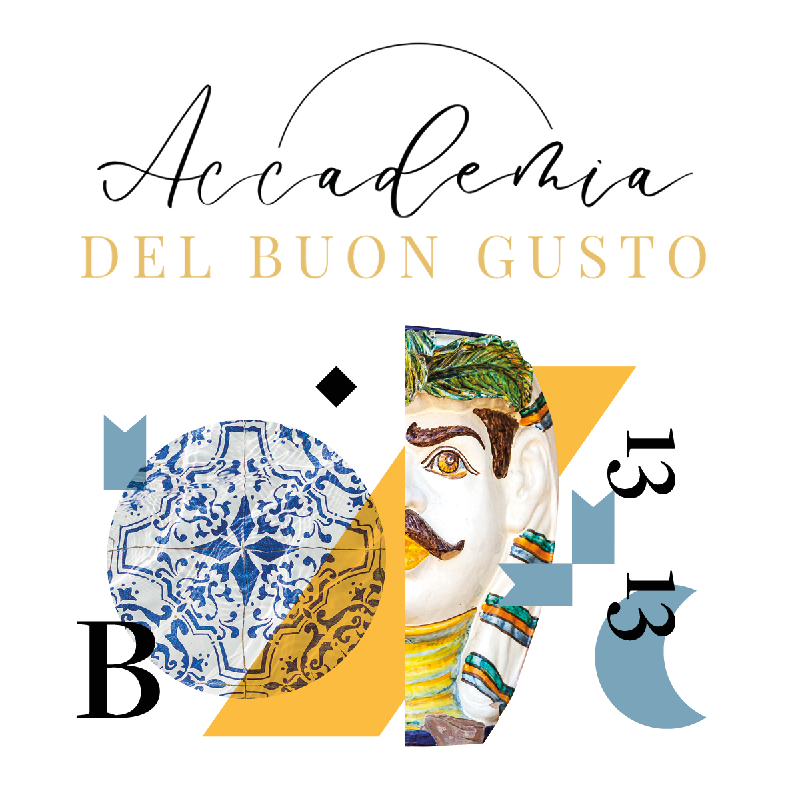San Fratello is a historic town that offers a landscape rich in natural beauty and is superbly located on the Nebrodi mountains of Messina. It was founded in the 12th century following the Norman invasions which settled there a population coming from northern Italy and southern France. The inhabitants jealously preserve their traditions and their Gallo-Italic dialect in which elements of French, Piedmontese, Ligurian, Lombard, Emilian and the local dialect of the 1200s are mixed.
Every year, during Holy Week, a famous religious celebration known as the "Jewish Festival" takes place in this small village. Considered the oldest festival of popular sacred drama, it is intensely experienced by the Sanfratellani who, young and old, wear, for the occasion, precious and eye-catching costumes handed down from generation to generation.
A celebration that irreverently upsets the traditional ritual patterns of the exhibition of pain for the passion and death of Jesus Christ so much so that it was not understood by the folklorist Giuseppe Pitrè who, with contempt, defined it as "an infernal riot, a crazy custom , an out-of-time masquerade, a true profanation”.
Forgetting or ignoring that a mask does not necessarily constitute carnival and that it can also be present in those rites which have as their aim the defeat of evil and the purification of both man and nature.
The Jewish feast is not just noise and joyful revelry as one might trivially think, but it is a way of recalling the painful journey that Jesus Christ was forced to face in order to be crucified and killed.
The Jew of San Fratello is the crucifixer, the one who despised the son of God and plunged the spear into the side of Jesus Christ. He is therefore not a folkloric character, nor even a carnival mask, but rather the expression of the religious devotion of the Sanfratellani. The Jew is a disturber, he makes a lot of noise and, at the same time, respects absolute personal silence.
The celebration begins at dawn on Holy Wednesday and ends on the evening of Good Friday. Three days of profound emotional involvement, during which the sacred and the profane mix and mingle like nowhere else in Sicily.
A tradition on Wednesday is that every fiancée sends a lamb made of almond paste to her husband's house; a few days later he returns it to eat it together at Easter lunch.
The ancient streets come alive with the numerous presence of these enigmatic and irreverent figures who stun with their jumps, with their acrobatics, with the threatening noises of their chains and with the awkward blasts of their trumpets. The entire town, therefore, becomes the protagonist and stage of an evocative theatrical representation.
And what makes it unique are precisely these figures, a kind of cheerful and noisy devils, dressed in a picturesque costume, yellow and red in colour, which would vaguely recall that of the Roman soldiers, on their heads they wear a disturbing hood and on their faces a mask. In their hands are a military trumpet and "discipline", a thunderous bunch of chains that a story links to the metal scourge that the Roman legionaries, repenting for having killed Jesus, used to punish themselves but it is more likely to think that it was a elegant variation of the chains with which medieval penitents used to flagellate themselves.
At the end of the Good Friday procession, the Jew repents and, with his face uncovered, kisses Jesus and then disappears completely from circulation.
The curtain falls once again on a party that never ceases to arouse curiosity, interest and, at times, even controversy.



